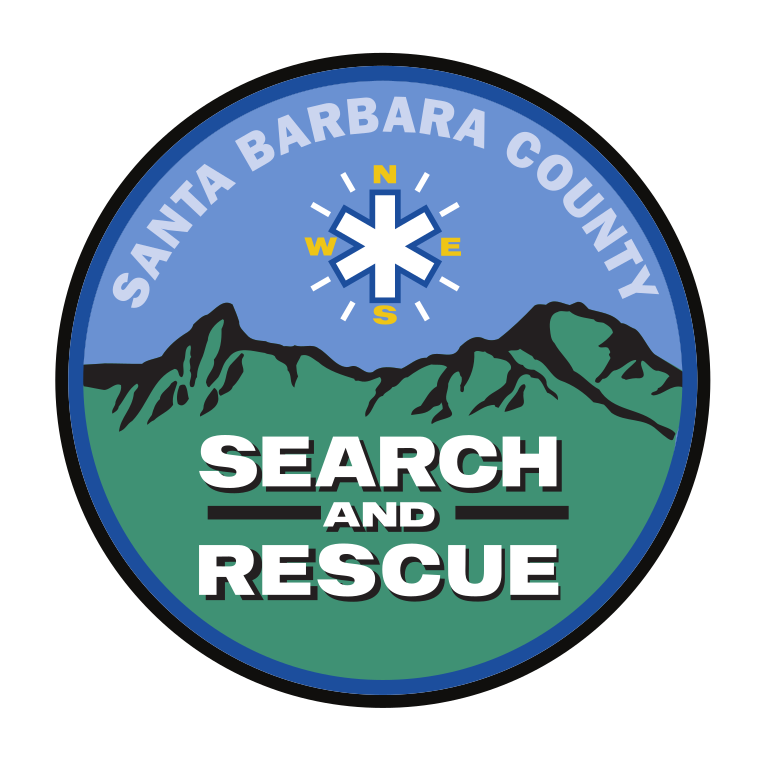
Fire and Storm Evacuations
When wildfires and the possibility of flash floods and debris flows from storms threaten the safety of residents, Santa Barbara County Search and Rescue executes evacuation orders issued by the Office of Emergency Management. SBCSAR will go door to door to notify residents of the order and the need to evacuate the area immediately for their safety. The team uses state of the art technology for mapping and recording evacuations.
Technology
Santa Barbara County Search and Rescue is one of the first agencies to implement the use of Fulcrum to assist the team in emergency management during evacuations. Fulcrum allows the team to digitally map evacuation zones and document each house, and record whether the residents have already evacuated, are in the process of evacuating, or choosing to not evacuate. Houses with residents that are choosing to not evacuate will be thoroughly documented with how many adults, children, and pets are present, along with names and contact information. Should any emergency occur at the residence due to fire or flood, emergency agencies will be well aware of the expected occupants of the home.
Know What To Do
1. Plan for an evacuation with a box of supplies including:
• One gallon of water, per person, per day
• Food (minimum one day’s worth)
• Prescription medicine
• First aid kit, available at any pharmacy or sports or outdoors recreation store
• Personal documents (passports, birth certificates, insurance policies, home deeds)
• Blanket
• Cash
2. Follow the instructions of law enforcement.
• As you prepare to evacuate, park your vehicle facing outward, and carry your keys with you in case you need to leave immediately.
• Locate pets and keep them close.
• Prepare farm animals for transport.
• Move propane barbeque canisters away from your home or other structures.
• Cover up with long pants, long sleeves, boots, and a hat or bandana. Stick with 100% cotton if you can.
• Leave the lights on, doors unlocked, and windows closed.
• Turn off gas.
• Follow the evacuation route provided by law enforcement.
3. If you’re trapped, stay calm and call 9-1-1.
• If you’re trapped in your car: Park your vehicle away from vegetation. Close vehicle windows, cover yourself with a blanket or jacket, and lie on the vehicle floor. Call 9-1-1 immediately.
• If you’re trapped on foot: Go to an area clear of vegetation. Find a ditch if possible. Lie face down, and cover up. Call 9-1-1 immediately.
• If you’re trapped at home: Keep residents of the home together. Fill sinks and tubs with cold water. Keep doors and windows closed. Stay inside. Stay away from outside walls and windows. Call 9-1-1 immediately.
4. When you return home, keep an eye out.
• Be alert for downed power lines.
• Check your residence for hidden embers or smoldering fires.
• Check propane tanks, regulators, and lines before turning gas on.

